Picture this—it’s 2 a.m., and your adorable bundle of fur is howling from their kennel like they’re auditioning for a Broadway show. You find yourself asking, “Is kennel training a puppy at night even worth it?” The good news? With the right approach, it absolutely is. Kennel training offers your puppy a safe, cozy space while helping establish a solid nighttime routine. And trust us, it’s a win for both your sleep schedule and your pup’s well-being.
Before we get into the nuts and bolts, here’s an encouraging fact for you. Studies show that better crate training early on can reduce canine stress and even lead to fewer behavioral issues. That’s a promising start, isn’t it? Whether you’re a new puppy owner or a seasoned pet lover, this guide combines practical tips and relatable advice to make the process easier for both you and your pup.
Why Kennel Training Matters (Especially at Night)
Kennel training at night isn’t just about getting your puppy to sleep soundly—it’s also about creating a structured, secure environment for them. Puppies thrive on routines, and a kennel can mimic the den-like spaces their wild ancestors relied on for safety.
But why at night, you ask? Well, think of how overwhelming the world can be for a tiny puppy. Nighttime kennel training teaches your fur baby to feel safe alone and helps gently introduce independence. That foundation of trust can reduce separation anxiety, offering benefits well beyond bedtime.
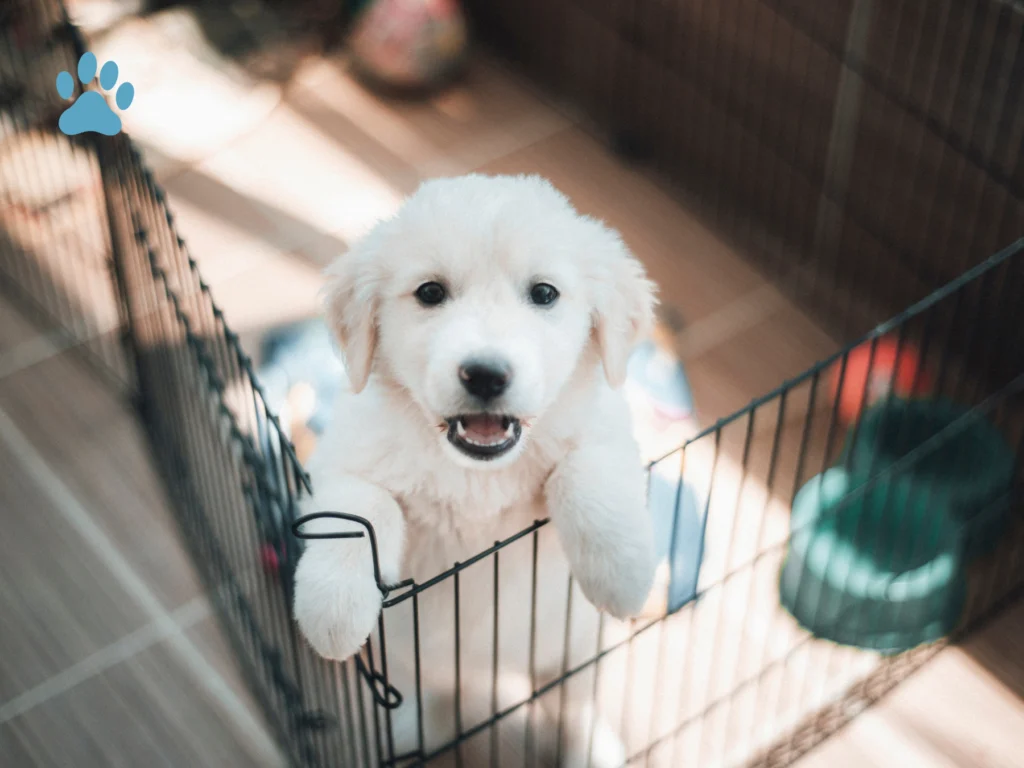
Exercise + Kennel Training = Sweet Puppy Dreams
Here’s a little secret—the key to successfully kennel training a puppy at night often starts way before you say, “Goodnight.” One of the most overlooked factors is ensuring your pup gets enough exercise throughout the day. Energy released during structured play and walks means a calmer, sleepier pup by bedtime.
How Much Exercise Does Your Puppy Really Need?
- Puppies aged 8-12 weeks can safely handle about 5 minutes of exercise per month of age, twice a day.
- Larger breeds may require more physical stimulation but stick to short bursts to protect their growing joints.
- Mental exercise, like puzzles or basic training commands, is just as effective in tiring out their little brains!
Think of nighttime kennel training as a partnership with their daily exercise routine. The more balanced and satisfied your puppy feels during the day, the smoother those nighttime transitions will be. Don’t forget—Petfurrever offers unique training exercises that integrate mental and physical stimulation, ensuring your pup gets all the enrichment they need.
Step-by-Step Plan for Kennel Training Success
Now that you understand the “why,” it’s time to dig into the “how.” Below is a step-by-step plan to make your kennel training experience as smooth as possible:
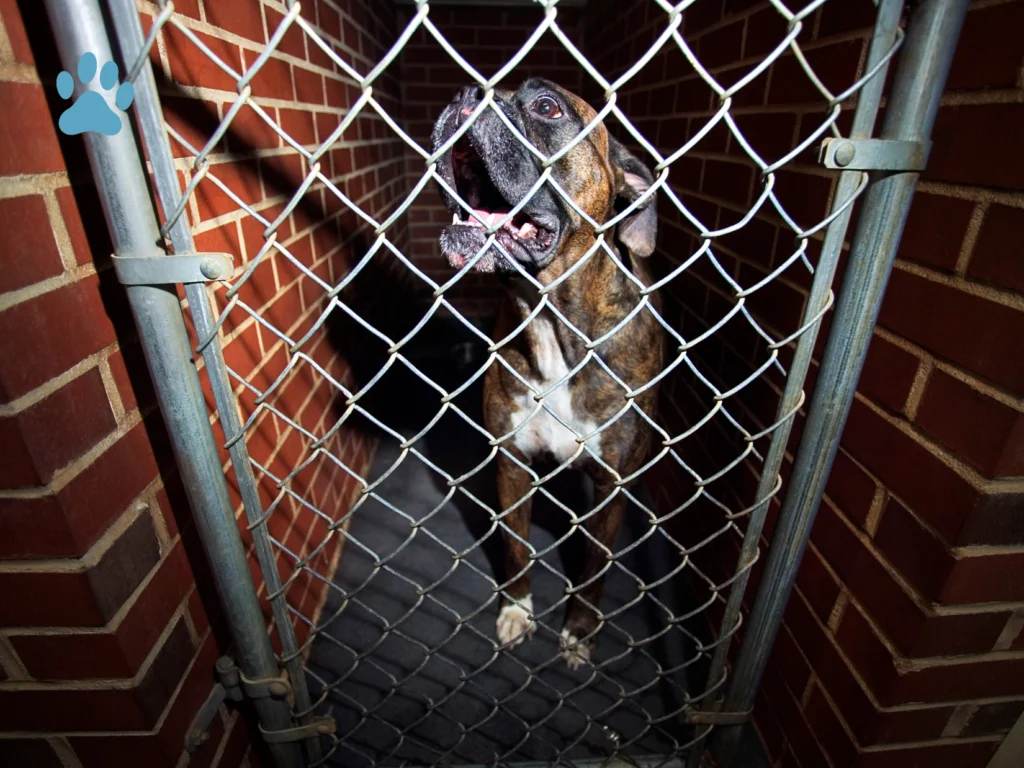
1. Pick the Perfect Kennel
Choose one that’s cozy but not too small. Your puppy should have enough space to stand, turn, and lie down comfortably. Avoid oversized kennels, as it could encourage them to use one corner as a bathroom.
2. Introduce the Kennel as a Happy Place
Rushing your puppy into their kennel won’t work. Start by leaving the door open and letting them explore on their terms. Use treats, toys, and even their usual meals inside the kennel to create positive associations.
3. Establish a Bedtime Cue
Puppies thrive with structure. Create a bedtime routine that signals it’s time to wind down. Think a short walk, a cuddle session, or even turning down the lights. Soon, your pup will recognize the cues and enter relaxation mode.
4. Use a Comforting Sleep Setup
Does your puppy whine in their kennel? It likely means they need to feel closer to you at first. Place the kennel in your bedroom so they can sense your presence. Gradually, you can move it farther away as they adjust.
5. Be Consistent with Nighttime Rules
Routine is king. If your puppy consistently wakes up to use the bathroom, take them out quietly—no playtime or fuss. Calmly return them to the kennel when they’re done. Consistency will teach them it’s time to sleep, not socialize.
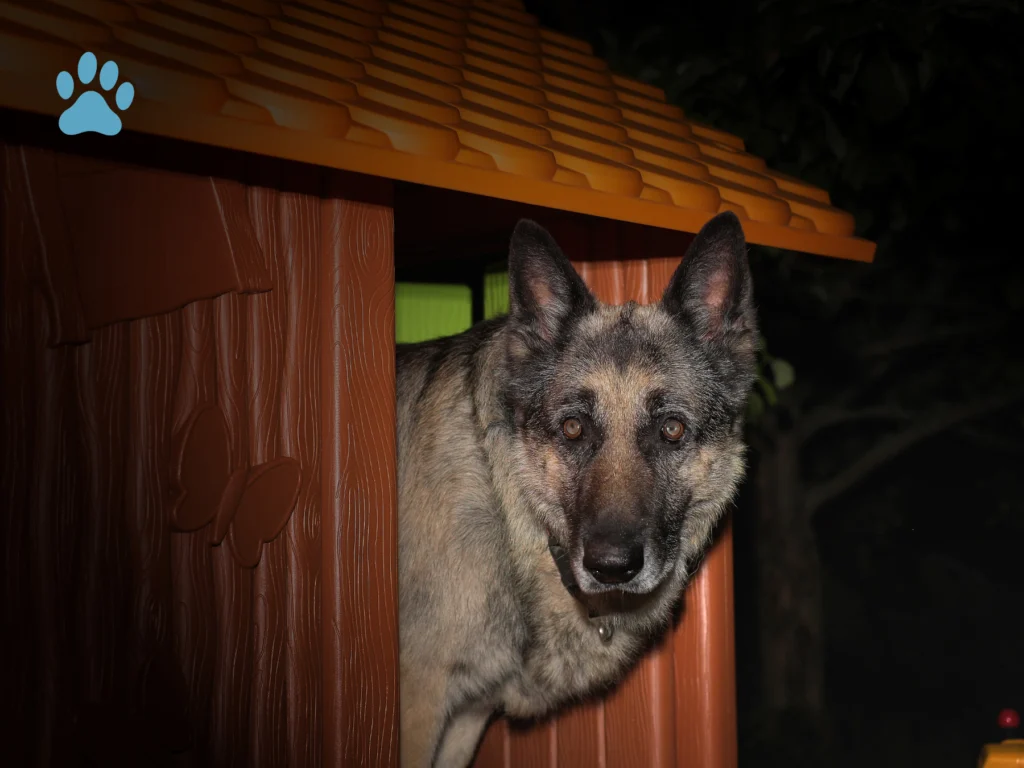
Addressing Common Concerns of Nighttime Kennel Training
What if My Puppy Won’t Stop Whining?
You’re not alone—almost every dog owner faces this. Puppies cry to communicate, whether they need a bathroom break, are scared, or simply don’t like being alone. Pay attention to the cause:
- Bathroom Needs: Bladder control takes time. Take your puppy out at least once during the night in the early weeks.
- Loneliness: Try leaving a comfort item, like a blanket with your scent, to reassure them. White noise machines can also work wonders.
Avoid reinforcing unwanted habits. If you rush to the kennel the moment they whine, they’ll learn that whining = attention.
My Puppy Won’t Go in Their Kennel
Patience is key here. Slowly build positive associations. Use treats or their favorite chew toy to entice them inside, and never push them. With time, they’ll enter willingly.
Is It Okay to Take Breaks from Kennel Training?
Absolutely. If your pup is showing signs of stress, such as panting or excessive drooling, give them a break. It’s important not to force things. Progress might slow down, but going at their pace leads to more lasting results.
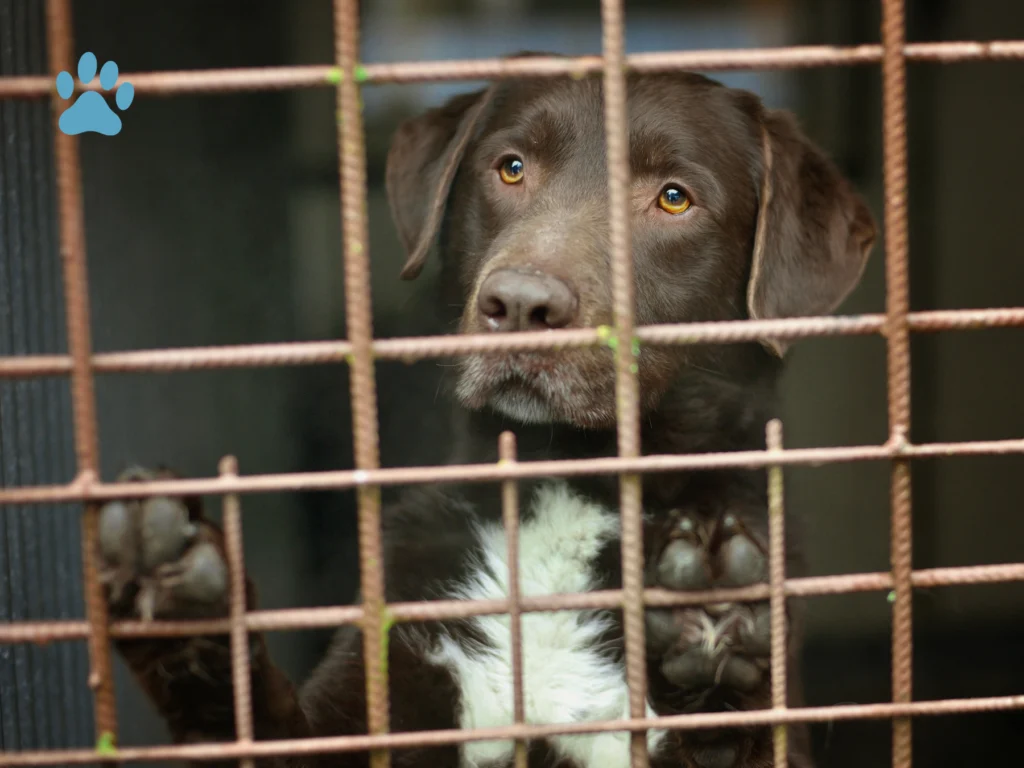
Create a Safe, Positive Space with “Petfurrever”
Kennel training isn’t just about confinement—it’s about teaching life skills, creating boundaries, and making sure puppies feel safe and happy in their space. That’s where Petfurrever comes in. With carefully designed training exercises and expert advice, we help pet parents like you master kennel training with minimal stress. Puppies thrive when they feel empowered during the process. Why not set them up for success with our proven tips?
Final Thoughts + Encouragement
If you’re still feeling overwhelmed, take a deep breath. Kennel training a puppy at night is a learning process for both of you. Each success—even the small ones—adds up to progress. Remember, every puppy learns differently, so keep an open mind and adjust as needed.
Before you know it, those late-night concerts will be a thing of the past. Instead, you’ll wake up to a well-rested, happy pup ready to take on the day. And who doesn’t want that?
Have you started your kennel training routine? What’s working for you and your puppy?


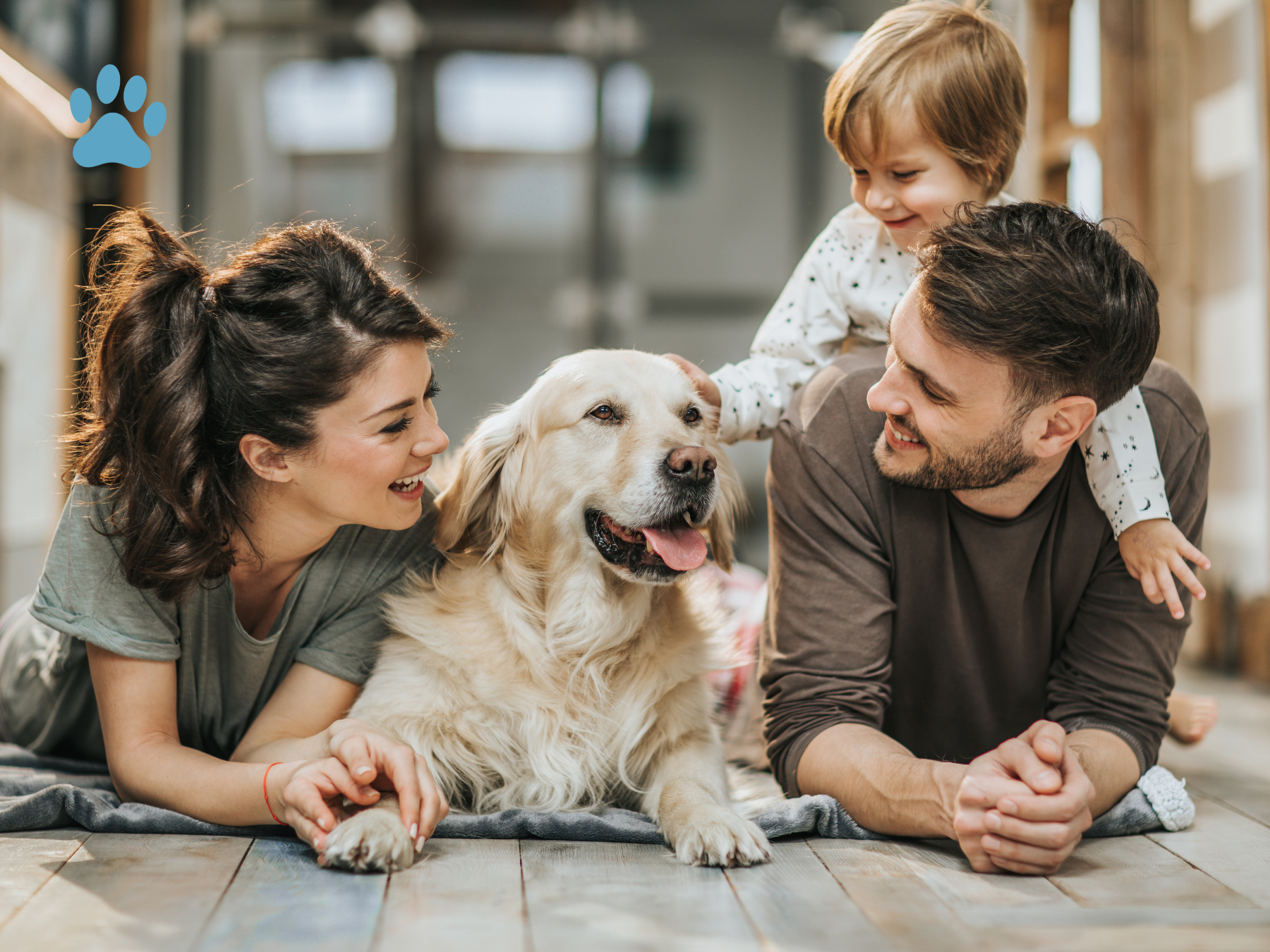
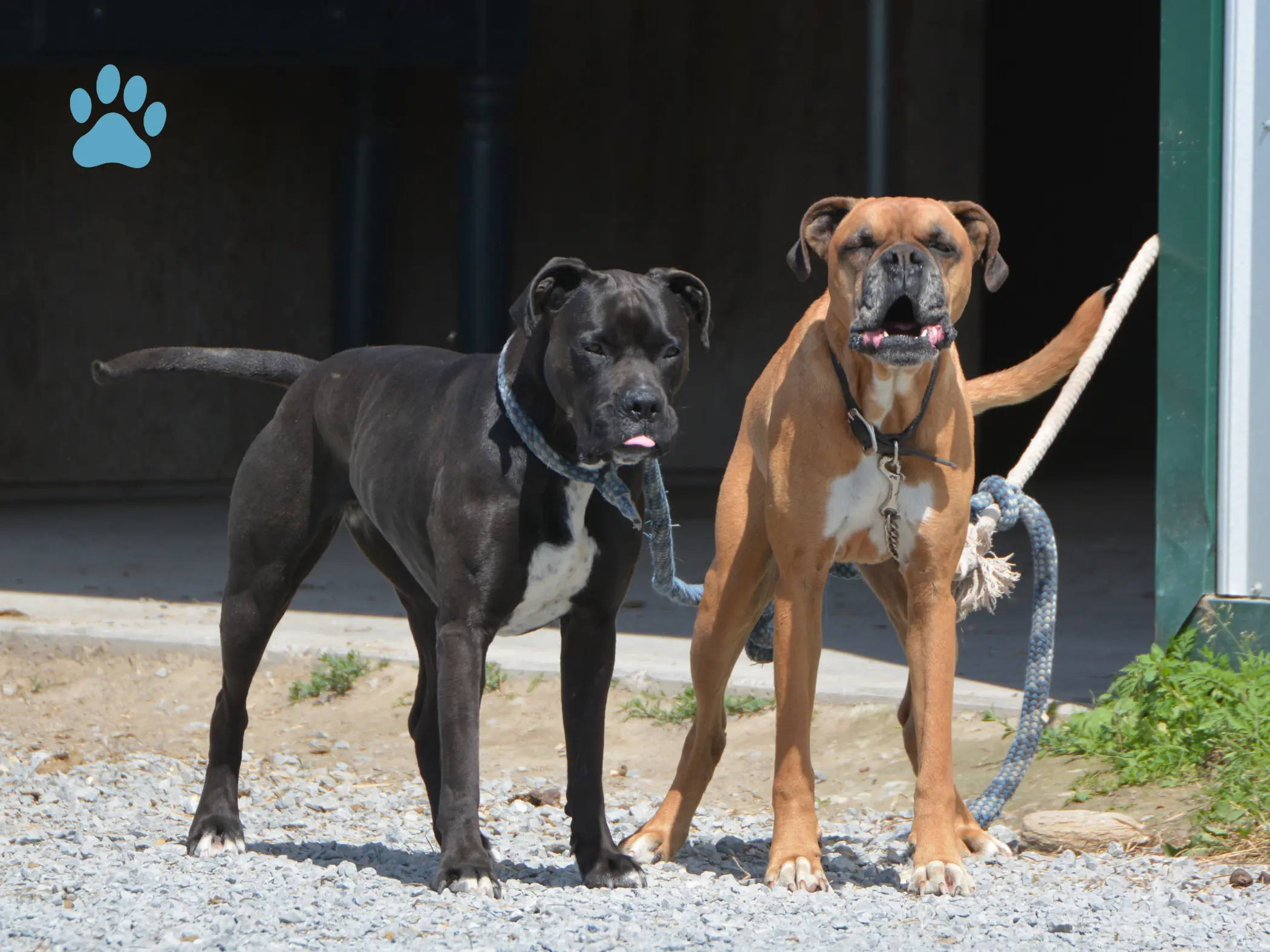





4 Responses